When cabin fever gets the best of you, plan a fun day of adventure in nearby Gulfport - including a visit to the new aquarium.
- story by Dena Temple photos by Dena and John Temple
The day would also double as a “date day” for me and my husband, John, who’s also been cooped up at home recovering from shoulder surgery. The opening of the new state aquarium gave me just the motivation I needed to start planning a day trip to Mississippi’s second-largest city, Gulfport.
A Little About Gulfport
Indigenous people of what is today known as the Choctaw Nation occupied the region thousands of years before the first French colonists founded nearby Biloxi in the 18th century.
While a settlement called Mississippi City was noted on an 1855 map in the vicinity of today’s Gulfport, the City of Gulfport was not formally incorporated until 1898 by William H. Hardy, who was president of the Gulf and Ship Island Railroad. In 1902 Gulfport’s harbor was completed, and the Port of Gulfport began gaining in importance as a transportation hub for the region. Owing to its location in a region prone to hurricanes, Gulfport has not escaped its share of challenges. In 1969 Hurricane Camille laid waste to 68 square miles in the region, and in 2005, much of Gulfport was flooded or destroyed by Hurricane Katrina’s storm surge, which exceeded 28 feet in some places. Today, Gulfport is home to the United States Naval Construction Battalions, better known as the Navy Seabees (for “C” and “B,” Construction Battalions), and the Seabees is the city’s largest employer. Thanks to Gulfport’s beautiful white sand beaches and casinos, the city (along with neighboring Biloxi) has become a tourist destination. The addition of the State Aquarium of Mississippi will no doubt add to its draw for vacationers. There is an abundance of things to do in Gulfport, including the Lynn Meadows Discovery Center, a wonderful children’s museum; daily boat excursions to Ship Island (in season), part of Gulf Islands National Seashore; a model railroad museum; multiple golf courses including Mississippi’s oldest golf course, the Great Southern Golf Club; a water park; and a premium outlet center just off I-10. Our Plans for Day Tripping
We had two stipulations when planning this trip: each activity had to be active rather than passive, and it had to be something COVID-safe. Therefore, almost all of our plans focused on outdoor activities. We live in a region with fantastic weather almost year-round, so outdoor options were many.
We planned for a light breakfast at an outdoor café; a healthy walk on a trail through an urban oasis; an outdoor lunch; a visit to Gulfport’s new aquarium (much of which is outdoors); and some outdoor sightseeing. A Sunny StartLess than 1/10 mile north of the tracks on Courthouse Road is Nezaty’s Café, a charming spot with a large menu, a tempting bakery case and a creative coffee bar. Nezaty’s Café is located in an unassuming strip of shops on Courthouse Road across from the Wells Fargo Bank. The interior is warm and inviting, with richly colored walls and well-spaced tables. I ordered a lemon bar and a caffe brève, an espresso-based drink similar to a cappuccino but made with half and half instead of milk. This creates a creamy foam and a very rich, decadent drink that is not sweet. The lemon bar was bright and tart, a nice complement to the caffe. My husband ordered a regular coffee and a rich, buttery blueberry scone, which was served warm. We enjoyed sitting outside on this bright fall morning watching the world go by. After enjoying our pastries and making small talk with fellow customers, we made the short drive over to Railroad Avenue, where we found the trail head for the Clower-Thornton Nature Trail. Hot on the trail In 1986, the property now known as the Clower-Thornton Nature Park was deeded by Aida Clower Yates to the Garden Clubs of Mississippi, Inc. and was named for her parents, J. C. Clower and Mary Thornton Clower. An additional parcel across Railroad Avenue was later added. The property was deeded to the City of Gulfport in 2011. The 17-acre Clower-Thornton Nature Park is well known to area bird-lovers as a migration hotspot. The park acts as an “urban oasis,” an area of native vegetation surrounded by urban development. As migrating birds fly over looking for a place to find food, they concentrate in this area because it’s most likely to generate a meal for them. More than 200 different species of birds have been recorded here – and as you can imagine, congregating birds also means congregating birders, especially in the spring. This has earned Clower-Thornton its place on the Mississippi Coastal Birding Trail and a reputation as a birding “hotspot.” 2018 marked the completion of the Coffee Creek Recreational Trail within the park. The improvements were made as part of a Katrina Community Development Block Grant to address flooding issues at Coffee Creek. The drainage project created a pond on the south side of the park that not only eases flooding issues but attracts wildlife at the same time. The 17-acre preserve is generally open between sunrise and sunset (check signage at the park). It offers a wide, paved path along the Coffee Creek through mostly native vegetation. Wispy wildflowers flank the trail in many areas, attracting bees and butterflies. Walking the trail is easy. There are no inclines or obstructions, just fresh air and peace, exactly what we needed after months of “lockdown.” The sun warmed our faces, the breeze kept any bugs at bay, and we were charmed by the gurgle of the creek as it moseyed along. I think we even held hands for a while, when we weren’t chasing photogenic butterflies. All was right with the world. After several hours of easy walking and nature photography, our stomachs dictated it was time for lunch. We promised ourselves we’d return. Lunch on the Patio (44)
We planned to meet our contact at the Mississippi Aquarium for a private tour at 1 pm, so there was plenty of time for a leisurely lunch. Gulfport has some great restaurants, and since we were looking specifically for outdoor dining, we turned to Yelp.com for guidance. We decided to give Patio 44 a try because of its proximity to the aquarium.
This is the newest of the three Patio 44 restaurants; the others are located in Biloxi and Hattiesburg. The restaurant is located in a provincial-style brick building with a spacious patio facing Beach Boulevard one block east of 25th Avenue (Highway 49). On the inviting patio, tables are spaced widely apart for the comfort of diners. While you certainly can hear traffic on Beach Boulevard, it is not intrusive. We decided that the patio, bedecked with festive strings of white lights, would be wonderful for a romantic dinner in the evening. Mental note. According to their website, Patio 44 features “classic and new Creole-style dishes” on both its lunch and dinner menu. The lunch menu (served 11 am – 3 pm) is not extensive but offers enough interesting choices that we had trouble deciding what to eat, even with the thoughtful guidance of our server, Joe. I ordered a Cajun chicken pasta, and my “date” ordered the lunch special, a home-style meat loaf with mashed potatoes. Talk about comfort food! The pasta was cooked perfectly, the chicken well seasoned, and the cream sauce naughtily indulgent. The meat loaf came glazed with a homemade barbecue sauce, making it a perfect partner to the creamy spuds. The portions were quite large, and had we been going home directly, we certainly would have taken home leftovers. Prices are moderate and are in line with the upscale-casual dining experience we enjoyed. We will certainly enjoy a return trip in the near future. Aquarium Tour - our highlight of the dayWe were really looking forward to our visit to the Mississippi Aquarium. Since I was on assignment for the Shoofly Magazine, their media department had arranged a personal tour with a representative of the aquarium. There is free on-street parking available around the aquarium, as well as a multi-level municipal garage adjacent (it was free on the day we went, but there is usually a small fee to park in the garage). Our contact, Corey, instructed us to meet her at the “sails,” and we didn’t know what she meant. The entrance was a quick walk away – and it is adorned with a lovely fountain featuring three large metal sculptures that, come to think of it, DO resemble sails! And there was Corey waiting for us, just as planned. After a warm greeting, she explained that the sails represent the three pillars of the aquarium’s mission: education, conservation and community. She opened the gate and invited us inside. The much-anticipated opening of the $93 million Mississippi Aquarium took place in late August. “The aquarium complex is 5.8 acres,” Corey explained, “and features more than 200 species of animals in 12 indoor and outdoor exhibits that mimic their native habitats.” She went on to explain that the half-mile footpath that connects the outdoor exhibits are lined with Mississippi native plants, and many of the animals within the facility are also native to Mississippi. Accommodations are made to keep visitors safe during this pandemic. All guests must wear masks on the premises, both inside and out, and social distancing is encouraged. There are also hand-sanitizing stations located around the facility. The first exhibit area we found contains American Alligators, which may be commonplace to many and scary to some, but I find them fascinating and beautiful. I made a mental note to return for a photo shoot after the tour. Across the path was a similar exhibit containing American Crocodiles, which are native to Florida. “Having these two habitats next to each other gives visitors an opportunity to note the differences between alligators and crocodiles,” explained Corey. Next along the path was a very large river exhibit designed to represent freshwater habitats in northern Mississippi. The path that surrounds this environment winds downward, so visitors can observe the fish from above, those at mid-level, and bottom feeders at the lowest part of the ramp. As natural as this exhibit looks, Corey tells us that the exhibits at the aquarium are not actually stone and coral, but constructed of concrete. It’s amazing! This exhibit is mesmerizing; I could watch the spotted gar, bass, turtles and catfish all day. Our next stop was the dolphin exhibit, which is still under construction. The dolphins are being housed elsewhere for the time being. After another bend in the path, we arrived at a caged structure housing the aquarium’s aviary. Inside, 23 different species of birds can be seen by eagle-eyed visitors. Most are exotic, like the brilliant Scarlet Ibis we spotted standing in a shallow pond, but several of the birds are native to Mississippi. A docent within the structure provides information to more curious visitors. Just beyond the aviary is a green space. “In the future,” Corey explained, “this area may be used for special events and craft shows.” They may also allow senior citizens to use their walking path as an exercise space in the future. Next we came to the Pelican Pointe Café, which had just opened, featuring nachos, burgers, salads, grilled cheese and Pop Brothers artisan ice pops – a nice place to sit for a few minutes before entering the main attraction, the indoor “Aquatic Wonders” exhibit. The enormous building has no windows and is decorated on the outside with metal panels in a fish-scale pattern and tasteful silhouettes of the aquatic residents inside. The subdued design heightens the anticipation of what’s to come. We entered the exhibit and immediately were led to a three-story escalator bathed in blue light. The exhibit, Corey explained, is meant to be viewed from the top, down. We soon understood what she meant. As we ascended, videos of fish were projected onto the blue walls all around us – it’s a very effective preview of what’s to come. Once we reached the top, we entered the main viewing room. The main tank in the Aquatic Wonders building fills the three-story structure nearly wall to wall. On the top level you can view the marine life from above, and small touch tanks along one side allow a personal introduction to some of the crabs, rays, anemones and starfish that call the aquarium home. A second touch tank allows interaction with small sharks and rays. Colorful fish and sharks of all sizes swim by, oblivious to the hordes of fascinated visitors around them. A gradually descending walkway circles the tank, and acrylic observation windows along the way allow views of nearly all areas of the habitat: a coral reef housing a Moray eel; or a rock outcropping where a goliath grouper hangs out. About midway down the path, a suspended acrylic tube allows guests to walk through the tank itself, eight feet underwater! Having a cownose ray or a nurse shark swim over your head is an experience not to be missed. “It’s the only 360-degree observation tunnel in the country,” Corey explained. “Some have tunnels on the ground level, but none where water surrounds you.” In an adjacent room is a three-story-high, tubular tank featuring a “bait ball,” a large school of small baitfish that swim endlessly in unison, first slowly rising together in the water column, then descending, over and over. Watching the fish swimming eternally in circles, flashing silver as the light catches their shiny scales, is absolutely mesmerizing.
The descending pathway ends at a vast, ground-level, two-story viewing window. Seeing the marine landscape from this perspective can make one feel rather small. Corey gave us a little insider info on this exhibit. “This window is so large,” she explained, “In order to get it into the building, the roof had to be removed, and a crane dropped it into place!” The acrylic tunnel was installed in the same way, she told us. The final exhibit is a work in progress. The penguin habitat was also not completed in time for our visit, but the resident penguins are brought to the aquarium daily and set up in a makeshift habitat in an event space building on campus. Here, the African penguins and their handler educate visitors on the lives of penguins and how important it is to protect their environment. After a quick trip through the gift shop (lots of great tees and toys – Christmas is coming, y’all), we thanked Corey for the wonderful tour and headed out of the gate. Surely, we decided, this will become a major attraction for the Gulf Coast, and we felt very lucky to have gotten an insider’s view. Historic Home Tour
As we drove away from the aquarium, we found ourselves on Second Street. Urban structures soon gave way to homes – and what beautiful homes they were!
If you are a lover of historic homes and architecture, spend a few minutes and detour to Second Street in Gulfport. This picturesque byway will only take a few minutes to traverse, but nearly every variety of Southern architecture style is represented here. The beautifully maintained Craftsman, Farmhouse, Victorian, Plantation and Cottage homes will have you pulling out your camera for a few quick snaps. Jones Park
The day was still young, so we decided to cross Highway 90 and visit Jones Park for the first time. This park is known to me as a place for shorebird watching, but it is so much more.
Because it faces the Gulf, Jones Park is known as the “front yard of the State of Mississippi.” The 60-acre park features a large marina and promenade, a walking track, a fishing pier and bait & tackle shop, a large pavilion, a splash pad and playground, a replica lighthouse, and an amphitheater. Locals also know Jones Park as the location for the annual Gulfport Harbor Lights Festival (which, thanks to Hurricane Zeta, will not be held this year, according to their Facebook page). Still, it’s a great place for a walk almost any time of the year. Fishbone Alley and a local brewDid you ever have a day that was so good, you didn’t want it to end? This was turning out to be one of those. After our stroll at Jones Park we still weren’t giving up. We headed over to take a walk down Fishbone Alley, to see the murals and artwork painted there. We had heard about it but had never made the trip. Since this was “Gulfport Day,” we owed it to ourselves to check it out.
Fishbone Alley was conceived as the “heartbeat in the middle of downtown Gulfport,” according to their Facebook page. Artists from all over the Gulf Coast have been invited to “leave their mark” in the alley, and the Call to Artists is an on ongoing program.
The artwork is young, abstract, surreal and fun to view, but the best of Fishbone Alley comes to life at night. Musicians perform regularly, sponsored by the Gulfport Main Street Association, and the area is a cool place to hang out and meet the locals. Enough already – surely we’ve seen and done it all in Gulfport. Not a chance! We’ve barely scratched the surface. But the sun is low in the sky, and it’s time to call it a day. We decided to end our adventure at one of the Gulf Coast’s best local breweries, Chandeleur Island Brewing, not far from Fishbone Alley on 14th Street. Their ever-changing selection of craft brews offers traditional IPAs, lagers and porters, and inventive fruit-based sours. I tried their Gulf Sour, made with guava jelly, and the unexpected tartness really excites the palate. Relaxing at Chandeleur after a day of exploring Gulfport was a fantastic idea. We cooled off, compared notes, shared photos and reminisced about a date we’ll not soon forget. We also started to plan our next visit to Gulfport – which I’m sure will be very soon. Comments are closed.
|
Categories
All
Archives
July 2024
|
Shoofly Magazine Partners
Our Shoofly Partners are local businesses and organizations who share our mission to enrich community life in Bay St. Louis, Waveland, Diamondhead and Pass Christian. These are limited in number to maximize visibility. Email us now to become a Shoofly Partner!








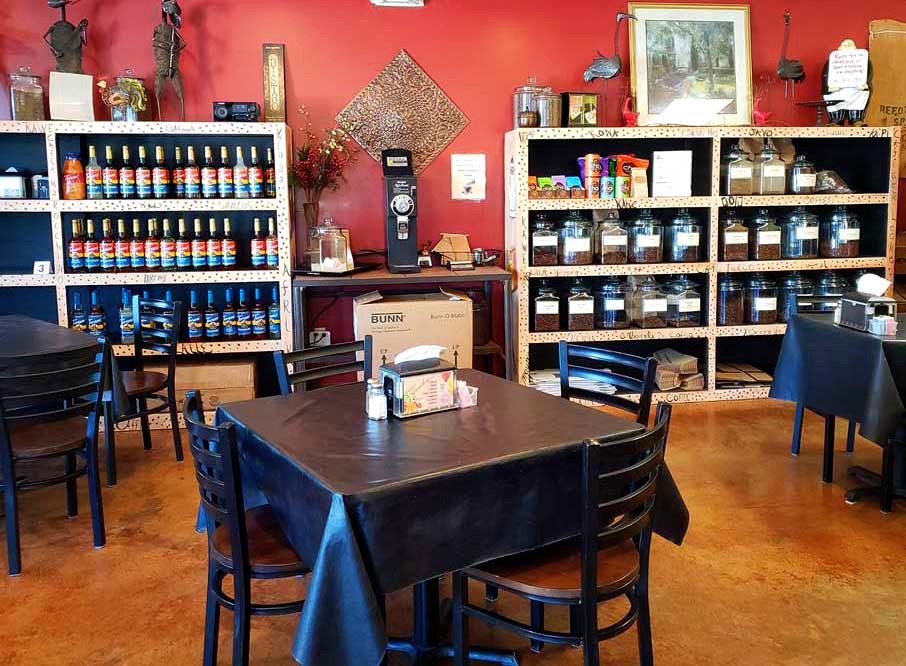




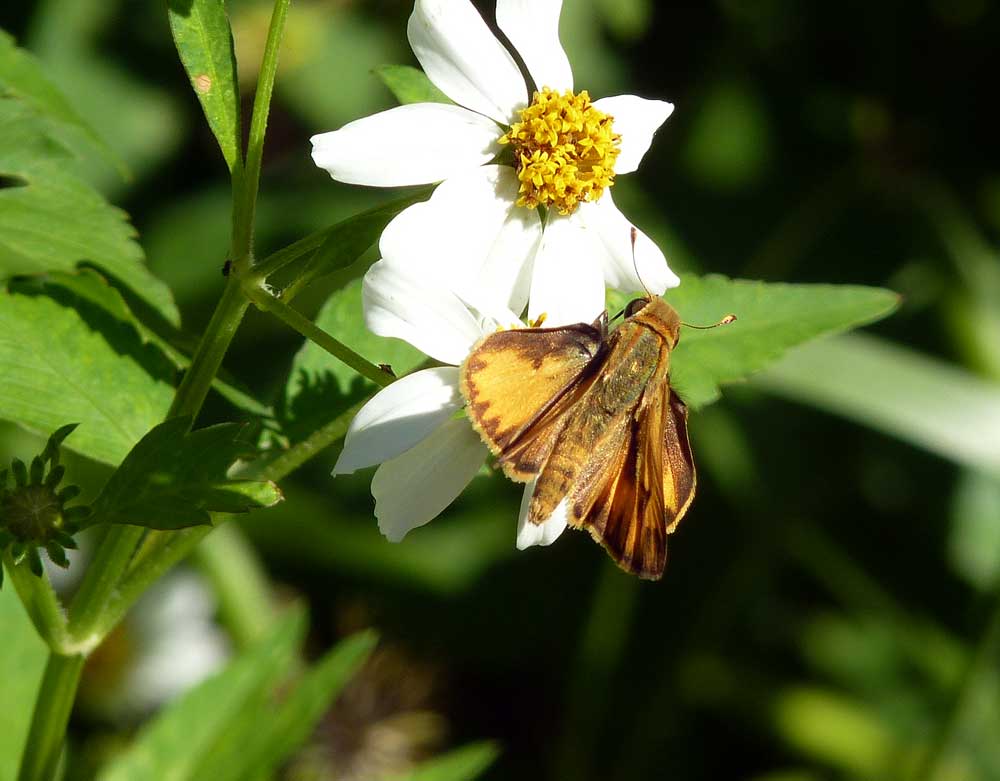








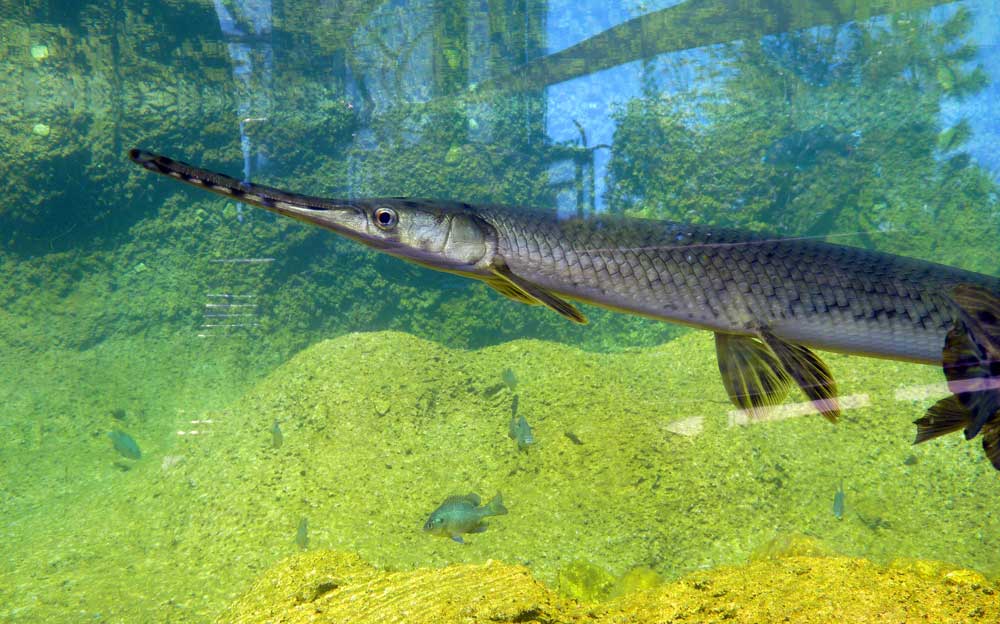



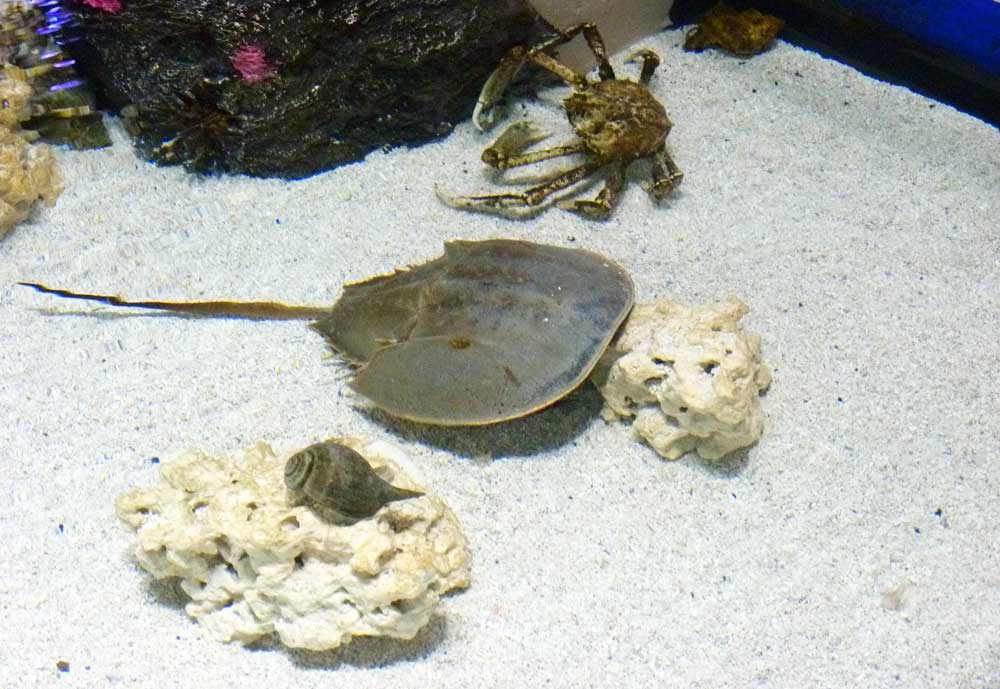















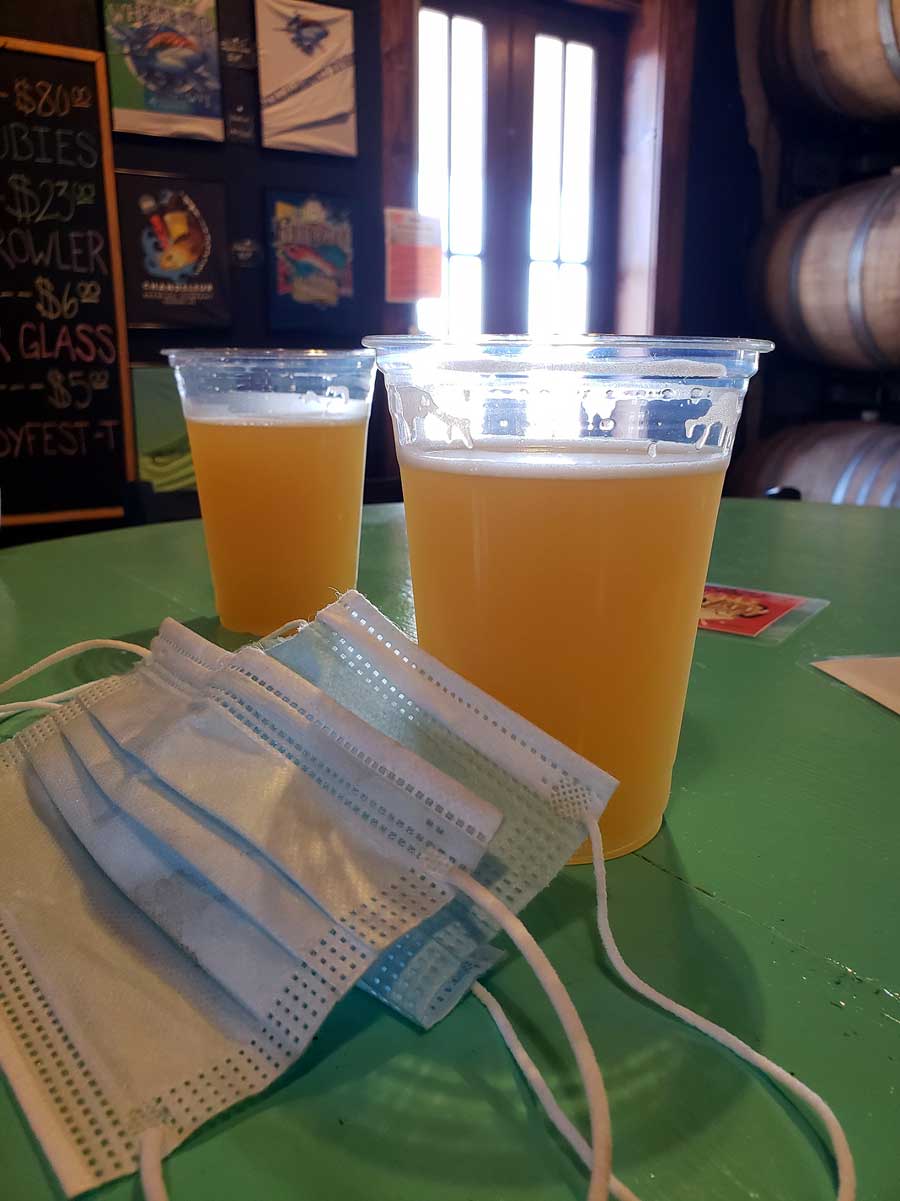

























 RSS Feed
RSS Feed























